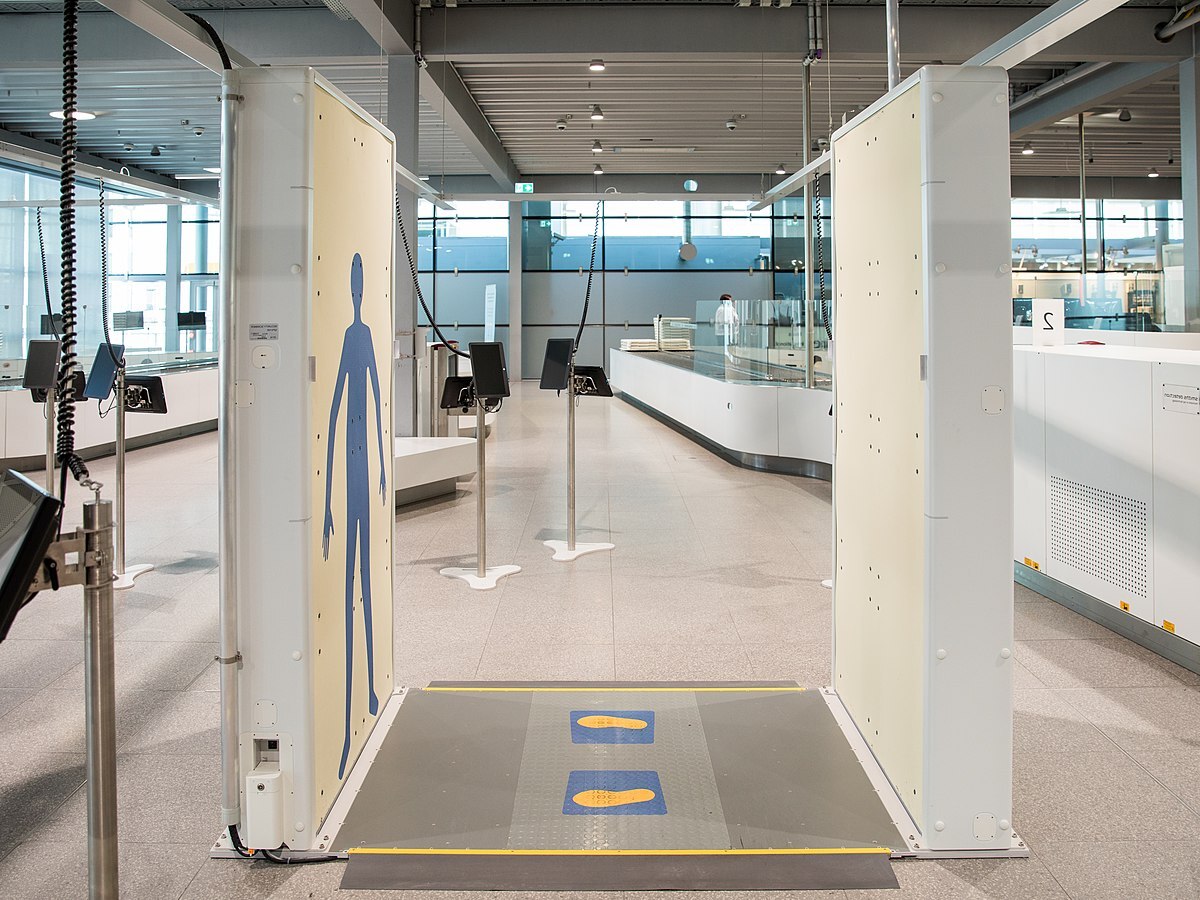
Full-body scanners have become a common sight at airports, but what do we really know about them? These devices, designed to enhance security, often spark curiosity and concern. Are they safe? How do they work? What can they actually see? This blog post will answer these questions and more, providing a clear picture of the technology behind full-body scanners. Whether you're a frequent flyer or just curious about airport security, you'll find valuable information here. Let's dive into 20 intriguing facts about these high-tech machines that keep our skies safe.
What Are Full-Body Scanners?
Full-body scanners are devices used primarily in airports to detect concealed objects on a person's body. They use advanced technology to ensure safety and security. Here are some intriguing facts about these scanners.
-
Two Main Types: There are two main types of full-body scanners: millimeter wave scanners and backscatter X-ray scanners. Millimeter wave scanners use non-ionizing radiofrequency waves, while backscatter X-ray scanners use low-level X-rays.
-
Privacy Concerns: Privacy has been a significant concern with full-body scanners. Early versions produced detailed images of a person's body, leading to public outcry. Modern scanners now use software that generates generic outlines instead.
-
Health Safety: Millimeter wave scanners are considered safe as they use non-ionizing radiation, which does not damage DNA or cells. Backscatter X-ray scanners, however, have faced scrutiny over potential health risks due to ionizing radiation.
How Do Full-Body Scanners Work?
Understanding the mechanics behind these scanners can demystify their operation and purpose. Here’s how they function.
-
Millimeter Wave Technology: Millimeter wave scanners emit radiofrequency waves that bounce off the body. The reflected waves are then analyzed to create a 3D image of the body, highlighting any concealed items.
-
Backscatter X-ray Technology: Backscatter X-ray scanners emit low-level X-rays that reflect off the body. The reflected rays are captured to form an image, revealing hidden objects.
-
Automated Target Recognition (ATR): Modern scanners use ATR software to detect objects. This software highlights areas of concern on a generic body outline, preserving passenger privacy.
Where Are Full-Body Scanners Used?
Full-body scanners are not limited to airports. They are employed in various settings to enhance security.
-
Airports: Airports are the most common places where full-body scanners are used. They help detect prohibited items and ensure passenger safety.
-
Courthouses: Some courthouses use full-body scanners to prevent weapons and other contraband from entering the premises.
-
Prisons: Prisons utilize full-body scanners to detect contraband items that inmates might try to smuggle in.
Benefits of Full-Body Scanners
Despite the controversies, full-body scanners offer several benefits that enhance security and safety.
-
Enhanced Security: Full-body scanners can detect non-metallic objects, such as plastic explosives, which metal detectors might miss.
-
Quick Screening: These scanners can screen passengers quickly, reducing wait times at security checkpoints.
-
Non-Invasive: Unlike physical pat-downs, full-body scanners provide a non-invasive method of screening.
Controversies and Criticisms
Full-body scanners have not been without their share of controversies and criticisms. Here are some of the main points of contention.
-
Radiation Exposure: Concerns about radiation exposure, especially with backscatter X-ray scanners, have led to debates about their safety.
-
Privacy Issues: The detailed images produced by early scanners raised significant privacy concerns, leading to changes in technology and procedures.
-
Effectiveness: Some critics argue that full-body scanners are not foolproof and can miss certain types of contraband.
Regulations and Standards
To address concerns, various regulations and standards govern the use of full-body scanners.
-
TSA Guidelines: The Transportation Security Administration (TSA) has strict guidelines on the use of full-body scanners, including privacy protections and health safety standards.
-
European Union Regulations: The EU has banned backscatter X-ray scanners due to health concerns, opting for millimeter wave scanners instead.
-
Calibration and Maintenance: Regular calibration and maintenance of scanners are required to ensure they function correctly and safely.
Future of Full-Body Scanners
The technology behind full-body scanners continues to evolve, promising even more advanced features in the future.
-
Artificial Intelligence: Future scanners may incorporate AI to improve detection accuracy and reduce false positives.
-
Portable Scanners: Research is underway to develop portable full-body scanners that can be used in various settings, from public events to emergency situations.
Final Thoughts on Full-Body Scanners
Full-body scanners have become a staple in modern airport security. They offer a balance between safety and privacy, using advanced technology to detect hidden threats. While some folks worry about privacy, these machines have evolved to address those concerns. They use non-invasive imaging and ensure personal data stays secure.
Understanding how these scanners work can ease anxiety during travel. Knowing they contribute to safer skies makes the process more bearable. Next time you pass through one, remember it’s a small step for a big cause.
In the end, full-body scanners represent a blend of technology and security, aiming to protect travelers worldwide. So, next time you’re at the airport, you’ll know a bit more about the tech keeping you safe. Safe travels!
Was this page helpful?
Our commitment to delivering trustworthy and engaging content is at the heart of what we do. Each fact on our site is contributed by real users like you, bringing a wealth of diverse insights and information. To ensure the highest standards of accuracy and reliability, our dedicated editors meticulously review each submission. This process guarantees that the facts we share are not only fascinating but also credible. Trust in our commitment to quality and authenticity as you explore and learn with us.


